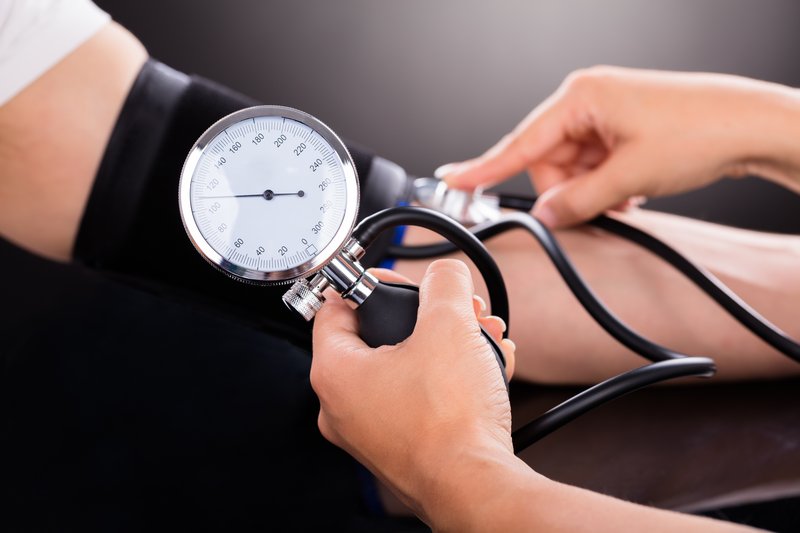Access to services, Slovenia, 2016
A fifth of households can afford costs of formal education easily or very easily
Payment of formal education costs was not a problem for a fifth of households in 2016. More than half of households paid or contributed for health services. 6% of households needed formal home care (health care and/or life assistance at home).
The cost of formal childcare services paid by households is not a heavy burden for them
In 2016, 30% of children aged 0-12 years were included in the formal childcare services, i.e. childcare at centre-based services outside school hours (before/after) and/or childcare at day-care centre (all kinds of care organised/controlled by a structure - public, private). The kindergarten as the most common form of childcare before going to school is excluded. The parents paid or contributed expenses such as tuition fees, costs of canteen and other costs that are expected for children participating in formal childcare services for 55% of children. Most of the households (91%) paid a reduced price as most of the costs were subsidised by the government or local authorities. 45% of children were included in formal childcare without paying at all.
35% of households had no problems covering the costs of formal childcare services, while 26% households covered these expenses with some difficulty and 27% fairly easily. For 12% of households the costs were a heavy burden (they covered them with great difficulty or with difficulty).
A quarter of persons enrolled in tertiary education programmes pay tuition fees
In 2016, 10% of persons enrolled in formal education programmes (including children) had to pay tuition fee; 5% enrolled in upper secondary education programmes and 25% enrolled in tertiary education programmes. 83% of those persons paid the full price (full cost), while 16% paid a reduced price.
A fifth of households can afford costs of formal education easily or very easily
Most of the households with members included in formal education reported some costs such as books, school trips, cost of canteen and transportation, exam fees, registration, tuition fees, etc. 91% of materially deprived households covered such costs with difficulty or with great difficulty. On the other hand, 21% of materially non-deprived households reported the same.
More than half of households pay or contribute to costs of health care services
In the period of one year before the survey was conducted in 2016 at least one member in 84% of households used health care services such as consultations or treatment (both outpatient and hospitalization), prescribed medication or dental examination/treatment. More than half of users (52% of households) paid or contributed to at least one health care service. The share of households covering costs with great difficulty or with difficulty (28%) was almost the same as the share of households that could afford such costs easily or very easily (27%).
Participation in non-formal training related to professional activity higher than participation in non-formal training related to hobbies
Lifelong learning is becoming an increasingly important part of everyday life. In the period of one year before the survey was conducted in 2016 27% of persons aged 16 years or over participated in vocational education or training, courses, seminars, workshops, etc., related to professional activity. The share of men was 3 percentage points higher than the share of women (29% vs. 26%). More employees (47%) than self-employed persons (39%) were included but also unemployed persons (22%) and pupils / students (21%) participated. According to the occupation, professionals (49%) and technicians and associated professionals (39%) participated at most. An important driver is income; 43% of persons with the highest income and 15% of persons with the lowest income participated.
The share of persons participating in training related to leisure, sports or hobbies, for example language, cooking, sports, online courses, etc., in the same period in 2016 was lower (15%) but here the share of women (17%) was higher than the share of men (13%). Important drivers here were higher educational attainment, students, pupils and better income.
Participation was decreasing with age. 11% of persons aged 65 or more participated in training related to hobbies, while only 2% of that population was included in training related to professional activity.
Approximately the same percentage of households received health care and life assistance at home
In 2016, 6% of households with at least one member needed help due to long-term physical or mental ill-health, infirmity or old age. 28% of households with such members received professional home care – health care and/or life assistance provided by professional health or care workers. Only health care (e.g. medical treatment, wound care, pain management and therapy) was provided to 17% of households, and only life assistance (e.g. meal preparation, medication reminders, laundry, light housekeeping, shopping, transportation, etc.) to 16% of households. Less than 10 hours per week of professional home care was provided to 70% of households; to 11% of households at least 10 but less than 20 hours per week; to 20% of households more than 20 hours per week were provided. Every third household had to pay or contribute for professional home care.
Among households with at least one member that needed professional home care but it was not provided or less professional home care was provided than they needed, 22% of them assessed unmet needs. The main reason for not receiving (more) professional home care services was financing (cannot afford it).
The attached excel file contains detailed data on the ad-hoc module ‘Access to services, which is a part of the Statistics on Income and Living Conditions (SILC).
The source for data on living conditions is the Statistics on Income and Living Conditions (SILC), which was implemented with the survey in 2016 and the use of administrative and registers data mostly for 2015.



.jpg)
